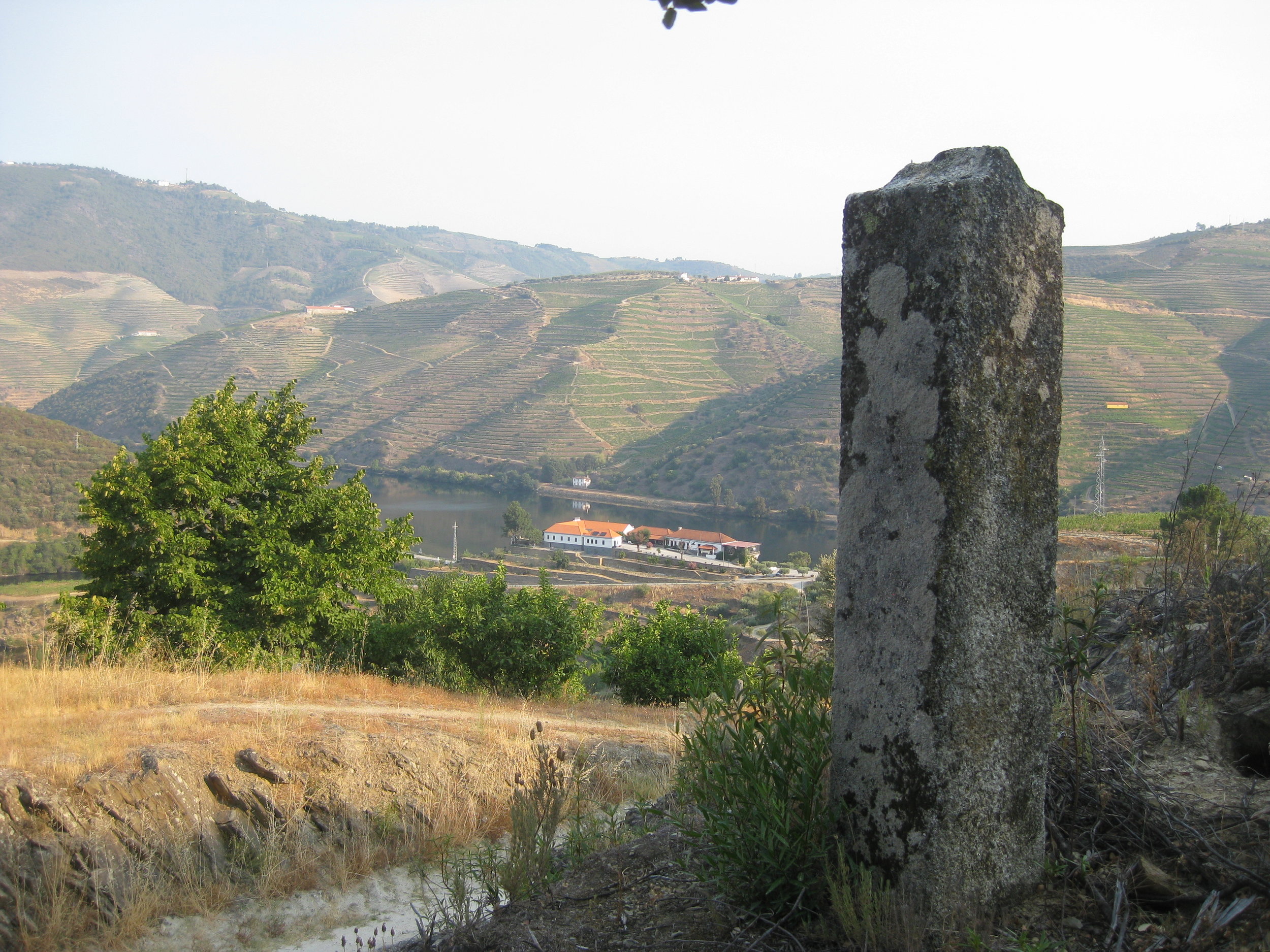 I wrote last month about Quinta do Tedo’s 4.5 km nature trail that proudly includes feitoria stones. Think feitoria = fattoria = farm, and in Douro Valley a farm means a vineyard. What is the reason for these stone markers ?
I wrote last month about Quinta do Tedo’s 4.5 km nature trail that proudly includes feitoria stones. Think feitoria = fattoria = farm, and in Douro Valley a farm means a vineyard. What is the reason for these stone markers ?
As a way to solve rampant over-production of wine in 1755, when growing prosperity had led to corruption and wine adulteration, it was decided by the Marquês de Pombal, Prime Minister of Portugal, to establish a demarcated Douro wine region, the 1st official wine region of the world. Between 1755 and 1761 a rigorous land survey registered all vineyards in the Douro, an official map and the A – F vineyard classification system were created, that is still used today. 335 feitoria stones, large rectangular granite markers were erected with the word Feitoria and the year chiseled on the face; the best quality wine was made within these boundaries, destined to the export market. Made of long-lasting granite as opposed to the softer schist so typical of the Douro region, today 103 are still standing and 2 can be found at Quinta do Tedo.






